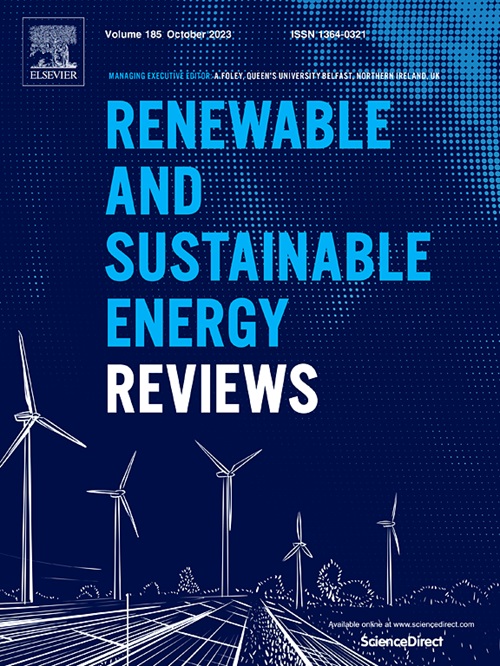Dissection of hydrogen-rich blast furnace: The continuous reduction and phase migration mechanism of sinter in lumpy zone
IF 16.3
1区 工程技术
Q1 ENERGY & FUELS
引用次数: 0
Abstract
To mitigate carbon dioxide emissions, hydrogen has been widely utilized in blast furnace (BF). In this study, the continuous reduction and phase migration of sinter in the lumpy zone were investigated by dissecting a 40 m3 hydrogen-rich blast furnace (HBF). The findings demonstrate that injecting hydrogen into the BF significantly broadens the lumpy zone and accelerates sinter reduction. The reduction process was divided into three stages, with reduction rate of 26.37 %, 84.75 %, and 87.07 % in each stage, respectively. Correspondingly, metallization rates reached 5.88 %, 82.28 %, and 84.85 %. Compared to a traditional blast furnace (TBF), the reduction and metallization rates were enhanced by 47.07 % and 69.85 %, respectively. Microstructural analysis revealed the growth of metallic iron and the aggregation of non-ferrous elements, including Al, Ca, and Mg. These results highlight the potential of hydrogen to enhance indirect reduction reactions, providing critical insights for optimizing batching regimes and advancing the transition to more sustainable ironmaking processes.

求助全文
约1分钟内获得全文
求助全文
来源期刊

Renewable and Sustainable Energy Reviews
工程技术-能源与燃料
CiteScore
31.20
自引率
5.70%
发文量
1055
审稿时长
62 days
期刊介绍:
The mission of Renewable and Sustainable Energy Reviews is to disseminate the most compelling and pertinent critical insights in renewable and sustainable energy, fostering collaboration among the research community, private sector, and policy and decision makers. The journal aims to exchange challenges, solutions, innovative concepts, and technologies, contributing to sustainable development, the transition to a low-carbon future, and the attainment of emissions targets outlined by the United Nations Framework Convention on Climate Change.
Renewable and Sustainable Energy Reviews publishes a diverse range of content, including review papers, original research, case studies, and analyses of new technologies, all featuring a substantial review component such as critique, comparison, or analysis. Introducing a distinctive paper type, Expert Insights, the journal presents commissioned mini-reviews authored by field leaders, addressing topics of significant interest. Case studies undergo consideration only if they showcase the work's applicability to other regions or contribute valuable insights to the broader field of renewable and sustainable energy. Notably, a bibliographic or literature review lacking critical analysis is deemed unsuitable for publication.
 求助内容:
求助内容: 应助结果提醒方式:
应助结果提醒方式:


